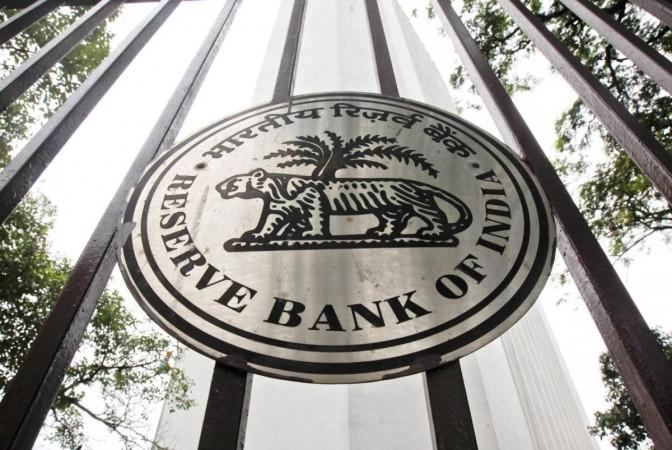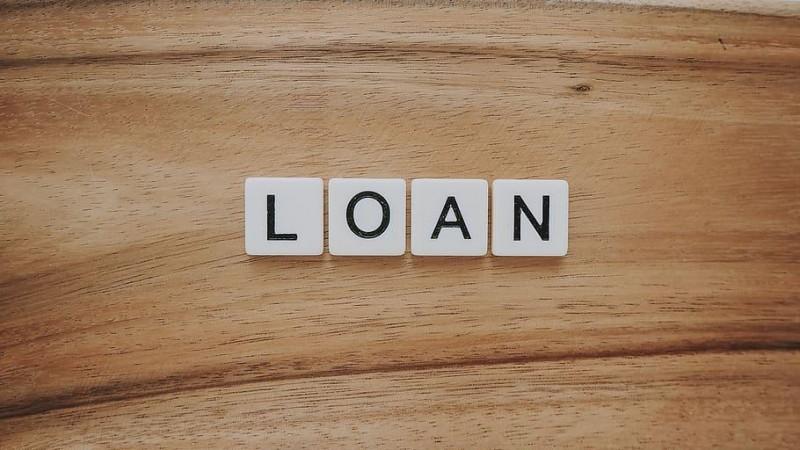The Reserve Bank of India (RBI) has relased data on the country's provisional external debt at $620.7 billion as of the end of March 2022, out of which $490 billion is non-government and the share of government is only $130.8 billion.
The non-government debt was $490 billion of which the share of non-financial corporation was about $250.2 billion. Denying concerns, experts said India cannot be compared with Sri Lanka that is into severe economic crisis.

Further the total debt of $620.7 billion as a percentage of gross domestic product (GDP) was 19.9 per cent and the debt service ratio was 5.2 per cent.
The share of central government in short term debt - maturing in a year's time - is only $7.7 billion out of the total $267 billion.
The stock of external debt at end-March 2022: Highlights
At end-March 2022, India's external debt was placed at US$ 620.7 billion, recording an increase of US$ 47.1 billion over its level at end-March 2021.
The external debt to GDP ratio declined to 19.9 per cent at end-March 2022 from 21.2 per cent at end-March 2021.
Valuation gains due to the appreciation of the US dollar vis-à-vis Indian rupee and major currencies such as yen, SDR2, and euro were placed at US$ 11.7 billion. Excluding the valuation effect, external debt would have increased by US$ 58.8 billion instead of US$ 47.1 billion at end-March 2022 over end-March 2021.

At end-March 2022, long-term debt (with original maturity of above one year) was placed at US$ 499.1 billion, recording an increase of US$ 26.5 billion over its level at end-March 2021.
The share of short-term debt (with original maturity of up to one year) in total external debt increased to 19.6 per cent at end-March 2022 from 17.6 per cent at end-March 2021. Similarly, the ratio of short-term debt (original maturity) to foreign exchange reserves increased to 20.0 per cent at end-March 2022 (17.5 per cent at end-March 2021).
Short-term debt on residual maturity basis (i.e., debt obligations that include long-term debt by original maturity falling due over the next twelve months and short-term debt by original maturity) constituted 43.1 per cent of total external debt at end-March 2022 (44.1 per cent at end-March 2021) and stood at 44.1 per cent of foreign exchange reserves (43.8 per cent at end-March 2021) (Table 2).
US$ denominated debt
US dollar denominated debt remained the largest component of India's external debt, with a share of 53.2 per cent at end-March 2022, followed by debt denominated in the Indian rupee (31.2 per cent), SDR (6.6 per cent), yen (5.4 per cent), and the euro (2.9 per cent).

Outstanding debt of both government and non-government sectors increased during 2021-22.
The share of outstanding debt of non-financial corporations in total external debt was the highest at 40.3 per cent, followed by deposit-taking corporations (except the central bank) (25.6 per cent), general government (21.1 per cent) and other financial corporations (8.6 per cent).
Loans remained the largest component of external debt, with a share of 33.0 per cent, followed by currency and deposits (22.7 per cent), trade credit and advances (19.0 per cent) and debt securities (17.1 per cent).
Debt service (i.e., principal repayments and interest payments) declined to 5.2 per cent of current receipts at end-March 2022 as compared with 8.2 per cent at end-March 2021, reflecting lower repayments and higher current receipts.

















